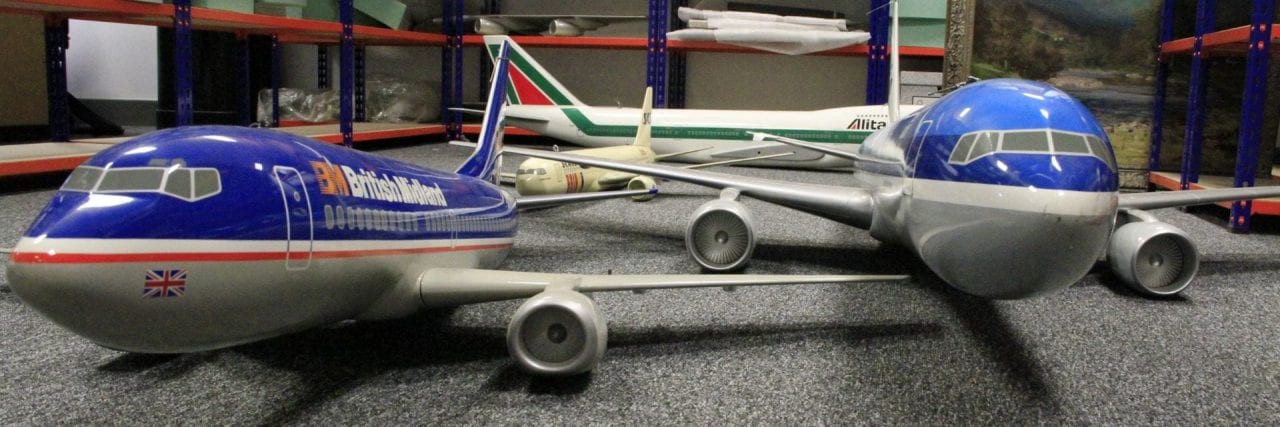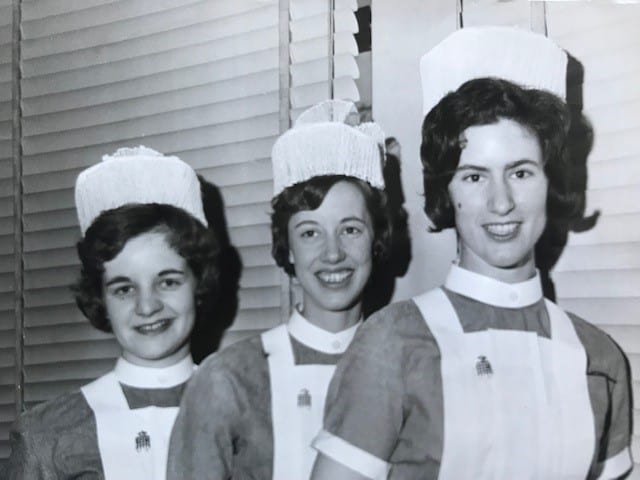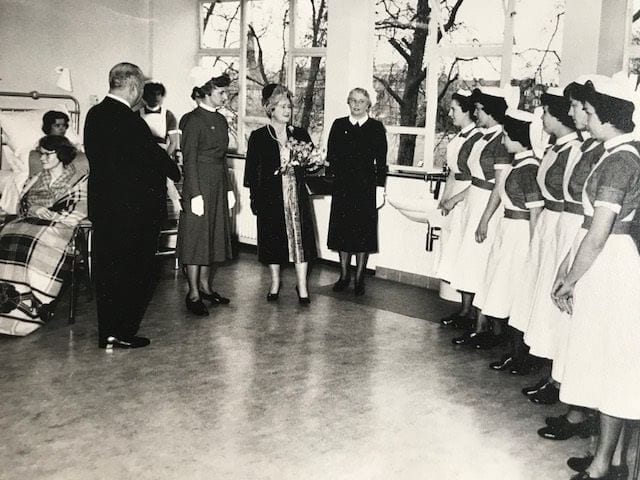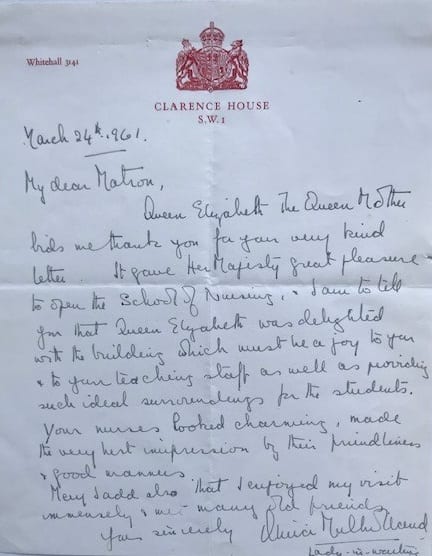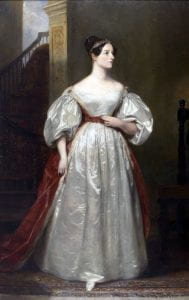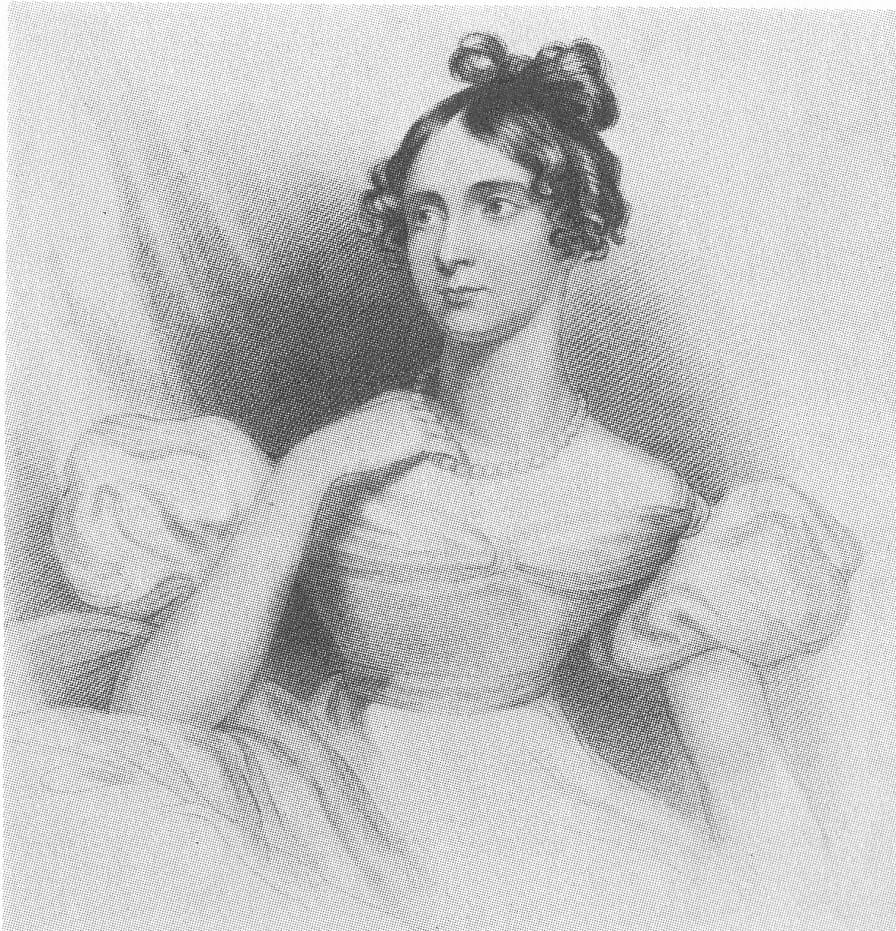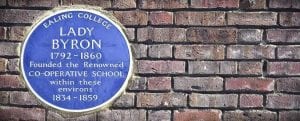This month’s spotlight is on a mini archive mystery. Amongst the archives of the College of Nursing and Midwifery is a set of photos and documents from the Wolfson School of Nursing. Opened in 1960 and funded by The Wolfson Trust, the Wolfson School of Nursing was officially opened by Queen Elizabeth the Queen Mother in 1961.
The album contains images of the opening ceremony, including Her Majesty Queen Elizabeth The Queen Mother, Sir Isaac Wolfson and his wife Edith Wolfson. Also available to view are letters and newspaper cuttings about the opening.
“My dear Matron,
Queen Elizabeth The Queen Mother bids me thank you for your very kind letter. It gave Her Majesty great pleasure to open the school of Nursing. I am to tell you that Queen Elizabeth was delighted with the buildings which must be a joy to you & to your teaching staff as well as providing such ideal surroundings for the students. Your nurses looked charming, made the very best impression by their friendliness and good manners.
May I add also that I enjoyed my visit immensely and met many old friends.Yours sincerely
Olivia Mulholland
Lady-in-waiting”
Situated in Vincent Square, Westminster London, the Wolfson School of Nursing actually formed part of Westminster Hospital. The School was closed in 1992 and relocated in 1993 to its present site at the former St Stephen’s Hospital in Fulham Road as the Chelsea and Westminster Hospital. Westminster, it has to be said, is a little distance from Ealing, so the question remains; what was the connection between the Wolfson School and what is now our College of Nursing and Midwifery?
If you are interested in researching into this or are interested in viewing the collections available to consult within UWL archives (or perhaps you can shed some light on this mystery?) head to https://www.uwl.ac.uk/library/library-services/university-west-london-archive
